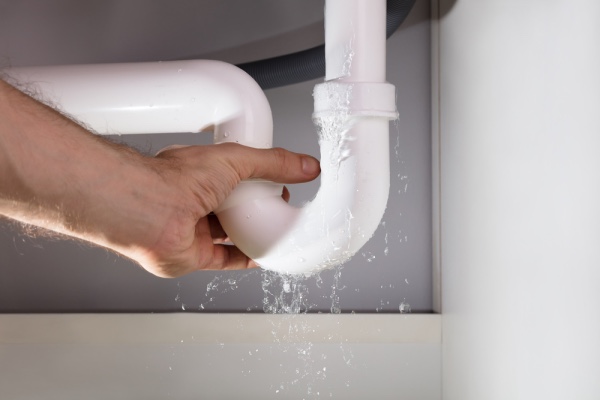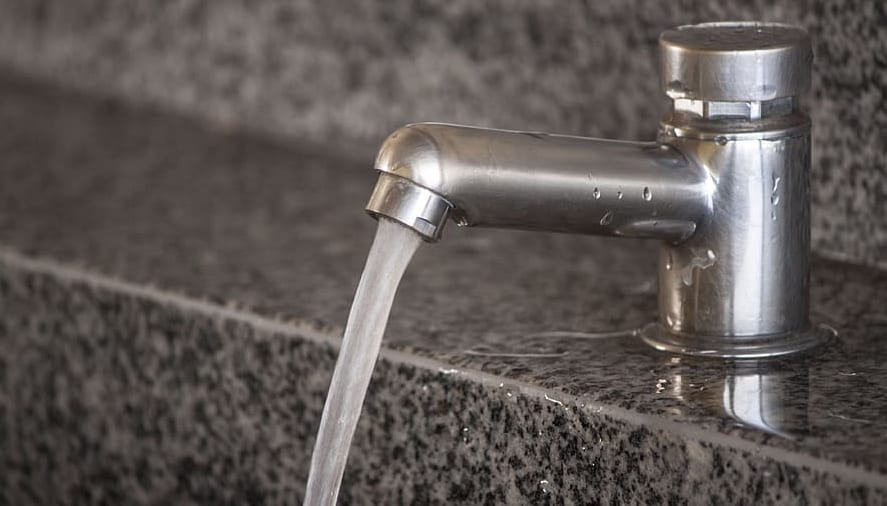Identifying and Managing Bath Water Leaks: Essential Insights Every Property Owner Must Know
Identifying and Managing Bath Water Leaks: Essential Insights Every Property Owner Must Know
Blog Article
Nearly everybody is bound to have their personal piece of advice about Leaking Bathroom Repair Expert.

Washroom leaks are annoying as they disrupt your day's strategy. They differ in intensity relying on the source of the leak. Yet, you must prioritize them, as they can swiftly get worse. It is an alleviation that the majority of shower room leaks are very easy to fix and find, with marginal cost implications.
Having a water leakage in bathroom can be stressful to the house owner. However fixing the leakage ends up being a simple problem if you know what to do. So, this post is critical as a residence overview to spotting and repairing a water leak in shower room. It does not change the demand for expert proficiency. The write-up works as a "emergency treatment" when you need an emergency action to a water leakage in shower room.
Detection as well as Fixing of Water Leakage in Bathroom
Water leakage in bathroom typically results from pipes and also pipe faults. You might require a standard knowledge of these leak kinds to detect the water leak in restroom.
Sprinkle Leaks
These often result from water spilling on the bathroom floor from the bath tub. It is a consequence of using a bad shower drape or used bath tub cellular lining. It harms the bathroom floor and may cause rot to wood floorings as well as restroom doors. The water normally swimming pools around the tub or shower. This might lead to worse bathroom damage without timely handling.
What to Do
This restroom leak is the most convenient to repair. You only need to replace the curtains or recaulk the tub or shower. If the leak has harmed the shower room flooring or door, you may need to change these to prevent more damages. Fortunately is that you can involve a pipes specialist to aid with the restroom repair.
Bathroom Leaks
In some cases, water leaks from the commode as well as pools around the commode base. It is an eyesore in the bathroom and also needs prompt focus. Often, it results from a loosened connection in between the bathroom as well as the container. This triggers water to drip from the tank to the floor. It might also arise from cracks in the toilet dish or a malfunctioning shut-off valve.
What to Do
You just need to tighten them if there are loosened screws between the cistern and also toilet. Sometimes you might need to reapply wax on the gasket or hire a restroom leak expert to replace used or damaged parts.
Clogged Bathroom Sinks
Sometimes, the water leak in bathroom results from sink blockages. This is typically a problem to home owners as well as might be undesirable. Clogs may result from the accumulation of soap scum, hair fragments, or debris that clog the drain. It is very easy to deal with blockages, as well as you might not need expert skills.
What to Do
You can make use of a drain snake to remove the debris in the drain as well as let the stationary water flow. Drain pipes cleansers are also readily available in shops and also are very easy to use.
Verdict
Water leakages in the restroom are avoidable events in the home. Upkeep as well as regular checks help to maintain everything in tip-top form. You can never be too careful, as well as these events still happen. When they do, fix them promptly, or engage the solutions of an expert.
The write-up offers as a "very first aid" when you need an emergency response to a water leakage in washroom.
Water leakage in restroom typically results from pipes as well as pipe faults. You might require a standard understanding of these leak kinds to detect the water leak in restroom. It damages the restroom flooring and also may cause rot to wood floors and also shower room doors. Occasionally, the water leak in washroom results from sink obstructions.
Tricks for Locating a Water Leak in Your Bathroom
Run a Test Using Your Water Meter
One of the clearest indications of a leak in your household is if there’s a sudden unexplained increase in the water bill. For the most part, your water usage shouldn’t change too much from month to month, so a sudden surge is a surefire warning sign.
For further evidence of a leak, Bob Vila recommends this simple test. First, "turn off all the water faucets in your home, and make sure the washing machine and dishwasher are not running." Go to your water meter and look over the reading. After two hours, see if there is a change in the reading. If there is, you've definitely got a leak on your hands and it may be coming from your bathroom!
Test The Toilet
Toilets are among the leading culprits when it comes to unexplained leaks. The rubber stopper (knowns as the flapper) that separates the tank from the bowl can become brittle over time, creating a leak. If you have a toilet that periodically runs on its own for a few seconds, this is probably why.
To confirm your suspicions, put a couple of drops of food coloring into the tank of the toilet. Return after a few minutes and check the bowl. If the dye has entered the bowl, then there’s a leak that should be repaired.
Check for Water Damage to The Walls and Ceilings
If you have a leak emanating from an upstairs bathroom, one of the first things you’ll notice is water damage on the ceiling of the room below. Watermarks and discoloration are clear indicators of leaks, but you might also notice flaking or peeling paint.
Remember: Water doesn't always follow predictable routes. So if you see water marks on the walls, those could also be the result of a leaky upstairs bathroom.
Be Aware of Musty Odors
When it comes to bathroom leaks, the nose often knows best. An undetected leak can go on for quite some time, resulting in the ideal conditions for mold and mildew. Mold has an unpleasant odor and is a sign that your home could be suffering from significant water damage. It’s also a health hazard, especially for those who suffer from respiratory illnesses and allergies, so it's important you have it remedied as quickly as you can.
Inspect Bathtub and Shower Seals
You might not see any leaks or notice any obvious signs of water damage, but it’s important that you look for gaps between the seals surrounding your shower, bathtub, and walls. These kinds of leaks may require extensive renovations if they’re not repaired promptly.
Any presence of moisture on the seals is indicative of a problem, as is peeling or bubbling paint on the bathroom walls. If you have vinyl flooring, be cognizant of curling or bubbles and soft spots in the wood beneath.
https://www.waterdamagerestorationaz.com/locating-bathroom-water-leak-tricks

Hopefully you enjoyed reading our topic on How to Detect and Fix a Bathroom Leak. Thanks so much for taking the time to read through our article. Sharing is good. Helping others is fun. Thanks a lot for going through it.
Maintenance Sign-Up Report this page